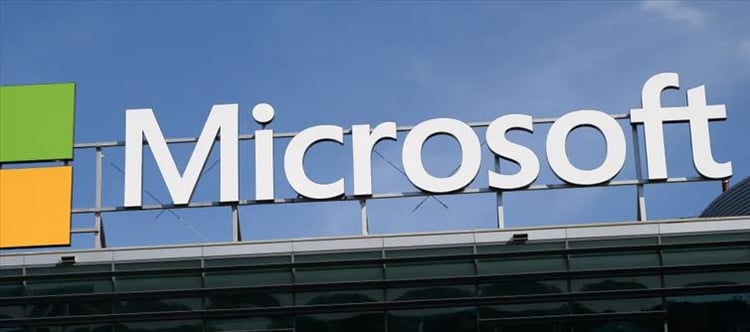
In an ongoing effort to bolster the security of its Windows operating systems, microsoft has rolled out several new features aimed at improving recovery options and patch management for users and organizations. These updates are part of the company’s broader strategy to address growing concerns around cybersecurity threats and streamline the patching process in the wake of increasingly sophisticated attacks.
Strengthening Windows Recovery Options
One of the key updates in this security-focused release is a significant improvement in Windows' recovery tools. The update introduces a more streamlined and efficient process for restoring devices to a secure state after a system failure, malware infection, or other critical issues. Microsoft's new recovery features aim to simplify the restoration process, making it quicker and less prone to errors.
For example, the new Windows Recovery Environment (WinRE) enhancements offer more robust troubleshooting options, allowing users to recover systems with fewer steps and better success rates. In cases of severe corruption or failure, these improvements enable faster restoration of system files and configurations from cloud backups, reducing the time it takes to get a device back up and running.
Additionally, Windows now includes more intelligent recovery options that can automatically detect and fix problems without requiring extensive user input. This is designed to be particularly helpful for non-technical users who might otherwise struggle with manual recovery procedures.
Enhanced Patch Management and Security Updates
Alongside recovery tools, microsoft has also introduced important changes to its patch management system. In response to feedback from both enterprise customers and home users, the company has improved its update pipeline to ensure that critical security patches are delivered more promptly and with greater reliability.
One of the standout features of this update is automatic patch rollback, which allows users to reverse a patch in the event it causes system instability or compatibility issues. This feature is particularly useful for IT administrators managing large fleets of devices, as it ensures that security updates do not inadvertently disrupt workflows.
microsoft is also expanding its Patch Tuesday initiative with more advanced tools for prioritizing and deploying updates. The new patch management features allow organizations to test updates in staging environments before pushing them out to production systems, reducing the risk of security vulnerabilities going unaddressed.
For smaller businesses and individual users, microsoft has added more transparency into the patching process, providing clearer explanations of what each update contains and why it is necessary. This includes detailed descriptions of security fixes, bug patches, and new features, helping users make informed decisions about when to apply updates.
Cloud-Driven Security Features
As part of the update, microsoft is increasingly leveraging its cloud services to enhance Windows security. For example, the integration of Microsoft Defender with cloud-based threat intelligence allows Windows to automatically adapt its defenses in real-time, responding to emerging threats faster than ever before.
Through Windows Autopilot and cloud-based management tools, IT teams can remotely deploy security updates to devices, even when those devices are off the corporate network. This makes it easier for organizations to ensure that all devices are protected, even if they're working remotely or from locations outside the enterprise infrastructure.
Mitigating Rising Cybersecurity Threats
The drive to improve Windows security comes amid an increasingly hostile cybersecurity landscape, with ransomware, zero-day vulnerabilities, and advanced persistent threats (APTs) on the rise. Microsoft’s latest moves reflect a recognition that keeping Windows devices secure requires constant evolution and proactive measures, particularly in an era where attackers are becoming more creative and sophisticated.
By focusing on recovery and patching, microsoft aims to reduce the window of opportunity for cybercriminals to exploit vulnerabilities in the operating system. In doing so, the company is reinforcing its commitment to delivering a secure user experience while ensuring that businesses, government agencies, and individual users alike have the tools they need to protect their devices.
Looking Ahead
As part of its continued investment in security, microsoft is expected to roll out even more security-centric features in future Windows updates. This includes further enhancements to the Windows Security Center, deeper integration with Azure security tools, and new protections against emerging threats like AI-driven cyberattacks.
With these updates, microsoft is not just patching security holes—it's building a more resilient infrastructure that proactively prevents potential threats. By simplifying recovery options, streamlining patch management, and tapping into the power of cloud-based intelligence, the company is shaping the future of Windows security and aiming to stay one step ahead of cybercriminals.
For businesses and consumers alike, these updates mark a significant step toward a more secure wallet PLATFORM' target='_blank' title='digital-Latest Updates, Photos, Videos are a click away, CLICK NOW'>digital environment, ensuring that Windows remains a trusted platform in an ever-evolving world of cybersecurity threats.




 click and follow Indiaherald WhatsApp channel
click and follow Indiaherald WhatsApp channel